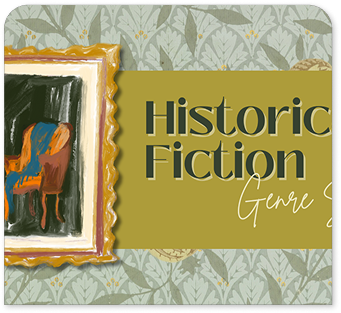SECTION-A
EXPERIMENTS
1. To determine resistivity of two/three wires by plotting a graph of potential difference versus current
2. To find resistance of a given wire using metre bridge.
3(a). To verify the laws of combination (series) of resistances using a metre bridge.
3(b). To verify the laws of combination (parallel) of resistances using a metre bridge.
4 To determine the resistance of a galvanometer by half-deflection method and to find its figure of merit.
5(a). To convert the given galvanometer (of known resistance and figure of merit) into an ammeter of desired range (say 0-3 A) and to verify the same.
5(b). To convert the given galvanometer (of known resistance and figure of merit) into a voltmeter of desired range (0-3V) and to verify the same.
6. To find the frequency of an alternating current (A.C.) mains with a sonometer.
ACTIVITIES
1(A). To measure the resistance and impedance of an inductor with or without iron core.
2(A). To measure resistance, voltage (A.C/D.C), current (A.C.) and check continuity of a given circuit using multimeter.
3(A). To assemble a household circuit comprising three bulbs, three (on/off) switches, a fuse and a power source.
4(A). To assemble the components of a given electrical circuit.
5(A). To study the variation in potential drop with length of a wire for a steady current.
6(A) To draw the diagram of a given open circuit comprising at least a battery, resistor/rheostat, key, ammeter and voltmeter. Mark the components that are not connected in proper order and correct the circuit and also the circuit diagram.
SECTION-B
EXPERIMENTS
1. To find the value of u for different values of u in the case of a concave mirror and to find the focal length.
2. To find the focal length of a convex mirror, using a convex lens.
3. To find the focal length of a convex lens by plotting graphs between (1) u and v and and (ii)
And 1/v
4. To find the focal length of a concave lens using a convex lens.
5. To determine the angle of minimum deviation for a given prism by plotting a graph between angle of incidence and angle of deviation.
6. To determine the refractive index of a glass slab using a travelling microscope.
7. To find the refractive index of a liquid (water) using a convex lens and a plane mirror.
8. To find the refractive index of a liquid (water) using a concave mirror and a plane mirror.
9. To draw the 1-V characteristic curves of a pn junction in forward bias and reverse bias.
ACTIVITIES
1(B) To identify a diode, an LED, a resistor and a capacitor from a mixed collection of such items.
2.(B) Use of a multimeter to
(a) See the unidirectional flow of current in the case of a diode and an LED.
(b) Check whether a given electronic component (e.g., diode) is in working order.
3.(B) To study effect of intensity of light (by varying distance of the source) on an LDR
(Light Dependent Resistor).
4.(B) To observe refraction and lateral deviation of a beam of light incident obliquely on a glass slab.
5.(B) To observe diffraction of light due to a thin slit between sharp edges of razor blades.
6(B)To study the nature and size of the image formed by a concave mirror, on a screen by using a candle and a screen (for different distances of the candle from the mirror).
6(B)To study the nature and size of the image formed by a convex lens using a candle and a screen (for different distances of the candle from the lens).
7. To obtain a lens combination with the specified focal length by using two lenses from the given set of lenses.
SUGGESTED INVESTIGATORY PROJECTS
1. To study various factors on which the internal resistance of a cell depends.
2. To study variations in current in a circuit containing LDR because of a variation (a) In the power of the incandescent lamp used to illuminate the LDR keeping all the lamps at a fixed distance
(b) In the distance of an incandescent lamp (of fixed power) used to illuminate the LDR.
3. To find the refractive index of (i) Water (ii) Oil (transparent) using a plane mirror, an equiconvex lens (made from a glass of known refractive index) and an adjustable object needle.
4. To investigate the relation between the ratio of:
1. Output and input voltage.
2. Number of turns in secondary coil and primary coil of a self designed transformer.
5. To investigate the dependence of the angle of deviation on the angle of incidence using a hollow prism filled one by one, with different transparent fluids.
6. To estimate the charge induced on each one of the two identical styrofoam (or pith) balls suspended in a vertical plane by making use of Coulomb's law.
7. To study the factors, on which the self inductance of a coil depends by observing the effect of coil, when put in series with resistor/bulb in a circuit fed by an a.c. source of adjustable frequency.
8. To study the earth's magnetic field using a tangent galvanometer.
Tables of Important Physical Constants
Log Tables
Logarithms
Antilogarithms



